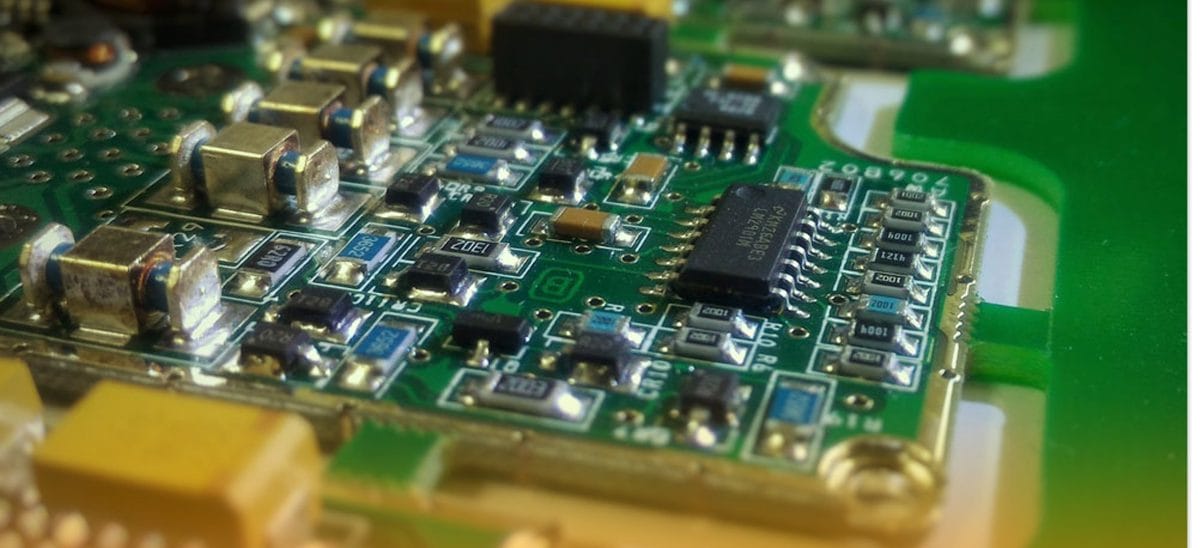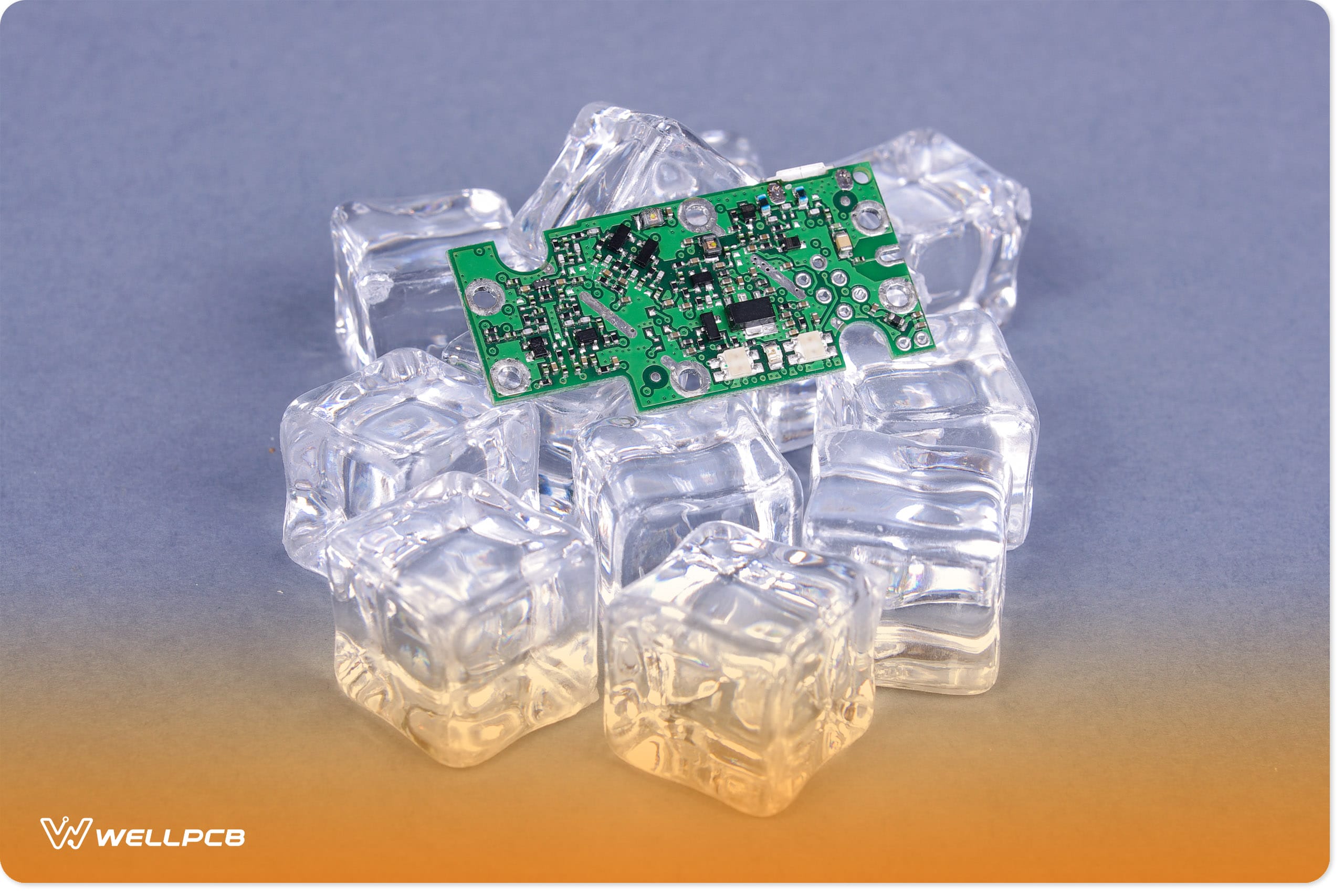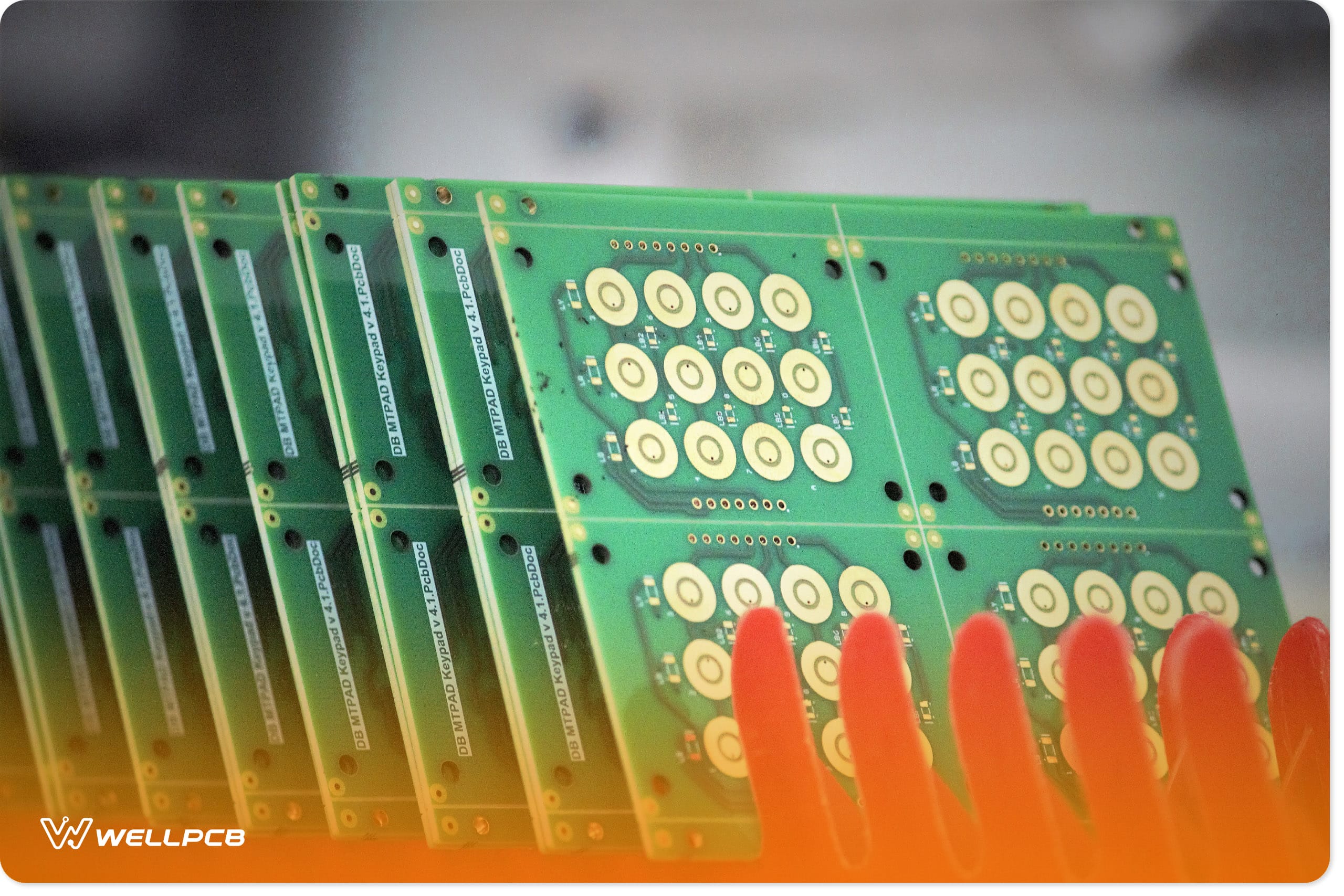Contents
What are FR1, FR2, and FR3 in PCBs?
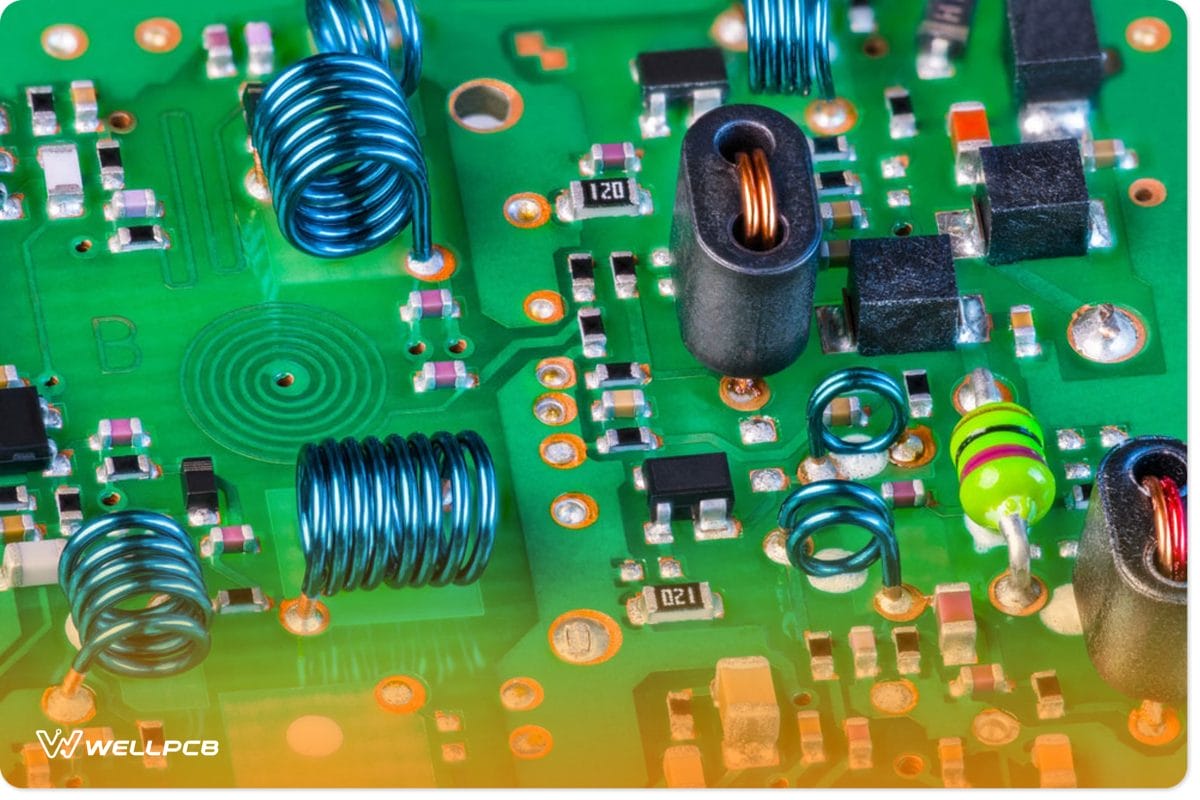
Single-layered PCB
FR1 layers are paper substrates that most manufacturers use for single-sided boards. It’s an environmentally friendly substrate that meets the standards of the ROHS regulations. Plus, it has an excellent flame retardant rating.
Many manufacturers use FR1 substrates to make films that you can use for PC boards, power supplies, insulation of commercial machines, and buttons. Plus, it’s also easy to bend, mold, fold, and process.
Similarly, the FR2 has almost the same properties as the FR1. But, it has a lower TG of 105oC compared to the 130oC TG of the FR1.
Usually, manufacturers producing FR1 laminates won’t make FR2 laminates.
Why? Because both materials have similar costs and usage. So, it’s not necessary to have both.
FR3, on the other hand, is similar to FR2. But, it uses epoxy resin instead of FR2’s phenolic resin.
The best way to use FR1, FR2, and FR3 materials is on single-layered configurations.
For FR3, it’s easier to apply epoxy glue on the PCB and benefit from the paper substrate. Though you can use these materials for multilayered boards, we don’t recommend them.
What is FR4 in PCBs
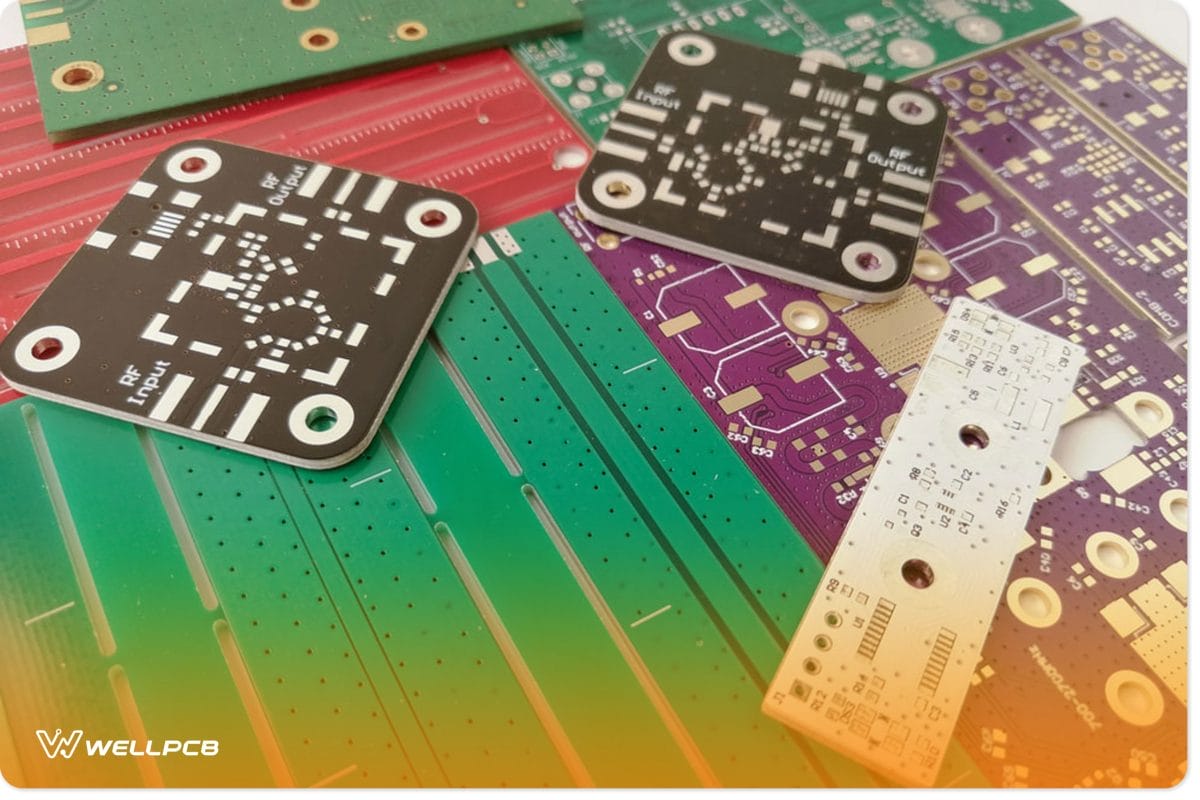
PCB with FR4 Material
Unlike the paper substrate used in FR1, FR2, and FR3, FR4 uses a glass fiber composite with a flame-retardant epoxy resin. Plus, it has water resistance, superior electrical insulation, and excellent copper adhesion, making it great for most applications.
Many manufacturers in China prefer using FR4 PCB materials because of their excellent features. Plus, it works better for multilayer PCBs and can help protect signal integrity and reduce interference throughout the manufacturing process.
Benefits
Here are some advantages of the FR4 material:
- FR4 is pretty affordable and can eliminate the cost of using other materials.
- FR4 materials have high temperature and moisture resistance, allowing them to keep their properties in different conditions.
- PCBs with FR4 also boast excellent electric loss properties.
- FR4 materials are lightweight.
- You’ll also get high dielectric strength and better electric insulation with an FR4 PCB.
FR1 vs. FR2 vs. FR3 vs. FR4: What’s the Difference?
All FR materials have features that differentiate them. While FR1-3 substrates have more similarities, FR4 is entirely different. Let’s take a closer look at these differences in different categories:
The Most used PCB Material
Among all the PCB materials, FR4 is the most popular for manufacturers and designers.
It’s also the best choice of material for PCB production. Additionally, using through holes on FR4 is not challenging, unlike the FR1, FR2, and FR3, which are bad for drilling.
Plus, you can design all kinds of PCB layers with FR4. It’s also suitable for manufacturing single and multilayered PCBs.
Furthermore, many manufacturers prefer using FR4 because it can handle applications that require flexibility or constant flexing. Plus, some devices like Bluetooth accessories and USB connectors depend on the FR4 material.
High-Temperature Resistance
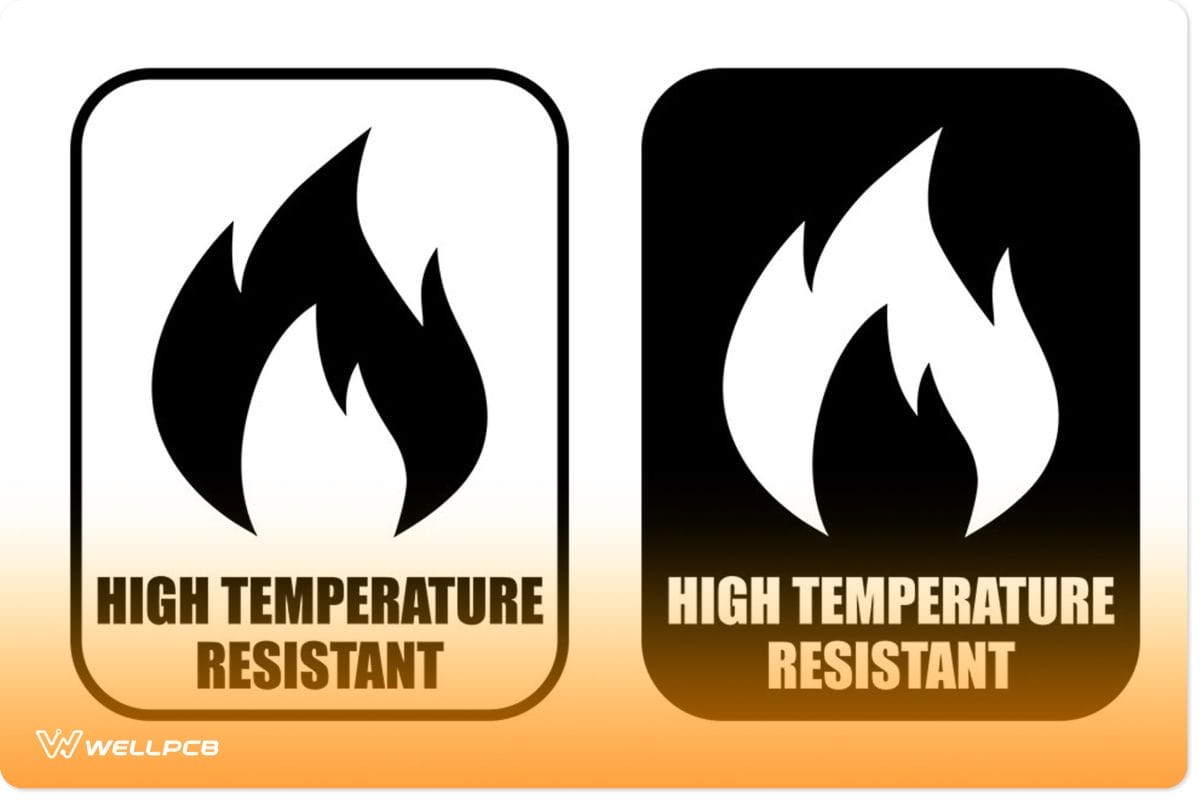
High-Temperature Resistance
Heat resistance is another factor differentiating FR1, FR2, FR3, and FR4 PCB materials. FR4 has the best heat resistance capabilities when compared to other FR materials.
FR4 PCBs can operate in extreme temperatures and create applications that require high thermal loads or work with components that generate heat above 130 degrees Celsius.
Material Composition
As we previously mentioned, FR3 and FR2 are pretty similar. However, the material compositions they use are what sets them apart.
Plus, FR1 uses the same base materials as FR2. On the other hand, FR4 is different and utilizes a glass fiber epoxy laminate.
Let’s take a closer look at these materials.
Phenolic Resin (FR2)
You can use two phenolic resin types for your FR2 PCB: novalocs and resoles. These types work for many applications, including coating, circuit boards, and adhesives.
Plus, it’s affordable and moisture-resistant, making it suitable for areas that require regular cleaning.
Epoxy Resin (FR3)
Epoxy resins are reactive epoxides that we can divide into two groups: pre-polymers and polymers. They can create crosslinks through reactions with co-reactants like alcohols, thiols, phenols, acids, and amines.
We call these co-reactants cures or hardeners. Plus, there are many chemicals you can use to cure epoxy resins, including imidazoles and Anhydrides.
Curing epoxy resin is essential because it gives the substance high chemical, mechanical, and heat resistance.
Additionally, it’s an exothermic process that requires precise regulation. Otherwise, it’ll deteriorate the resin’s thermal properties.
Glass Fiber Epoxy Resin (FR4)
The FR4’s glass epoxy is a versatile laminate-grade material with good strength-to-weight ratios.
It can retain its high electrical insulating qualities and mechanical values in humid and dry environments.
Glass epoxy resins come equipped with bromine that helps create flame-resistant properties.
These attributes, combined with an excellent fabrication characteristic, make this material perfect for several mechanical and electrical applications.
Note: Material composition determines the electrical strength, thermal properties, and resistance.
Cost-Effectiveness

Cost-Effectiveness Business concept
Costs for PCB materials can be anywhere between 10% to 100%. It’s a factor that affects the manufacturing of a PCB.
As we mentioned earlier, FR1 and FR2 materials are almost the same since they use similar materials and have similar costs.
FR3 PCBs are more expensive than FR2 because they use epoxy resin. Plus, it’s more suited for heavy-duty applications and has more heat resistance and durability.
FR4 materials are a bit more expensive than FR3 and FR2. However, manufacturers can use only FR4 to build different types of PCB, which also helps to reduce the cost—in the long run.
Type of Mounting Technology

SMT line production for compliance with the print circuit board
You can use two mounting technologies to add electronic components on FR1, FR2, FR3, and FR4 PCBs: Surface Mount Technology (SMT) and Through Hole Mounting (THM).
Although you can use through-hole technology on FR1, FR2, and FR3 boards, it won’t deliver the best results. Why? Surface mounting works better with these PCBs.
Contrarily, through-hole won’t affect the performance of FR4 PCBs, making it safe to drill holes through them to add your components.
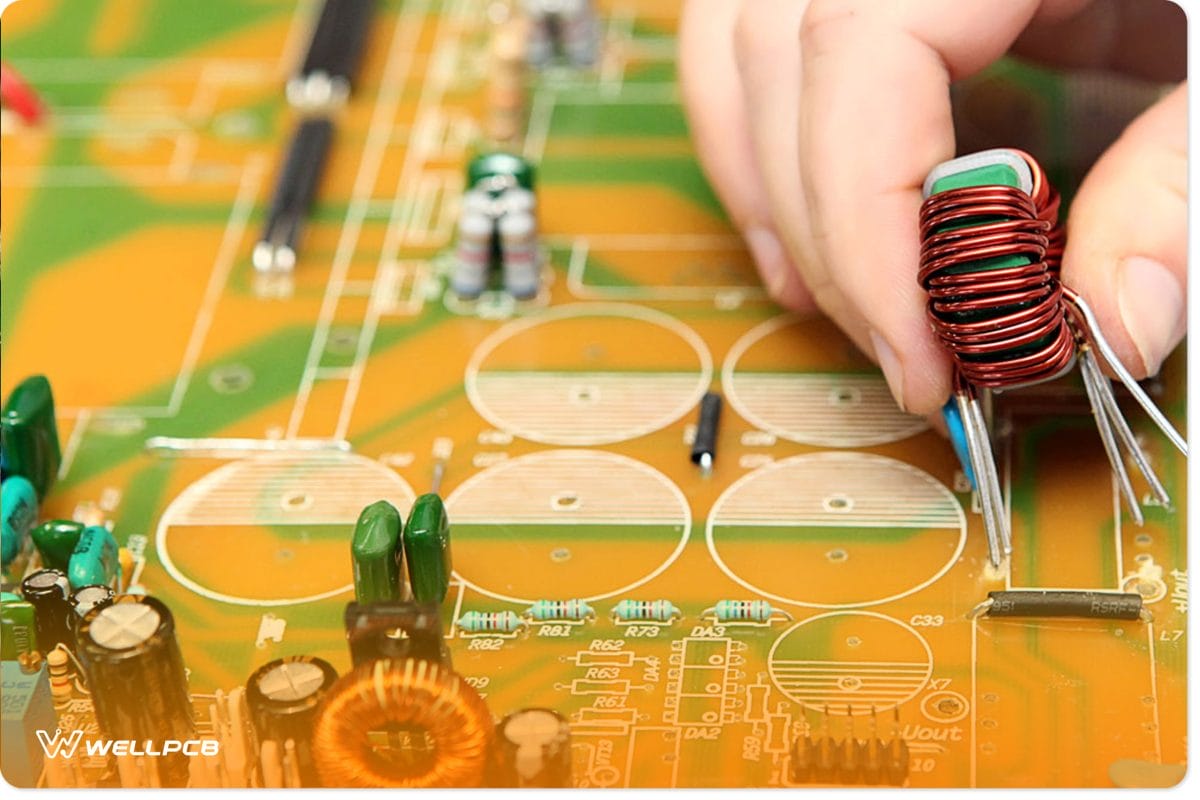
PCB mounting by human hands
Single or Multilayered Boards
You can get more benefits from FR1, FR2, and FR3 materials if you use them on single-layered boards. Although some manufacturers produce multilayered PCBs with FR1, FR2, and FR3, they aren’t very reliable and stable.
In contrast, FR4 can work for single and multilayered PCBs. Also, the material offers excellent reliability and stability, even if you use it for a 32-layered PCB.
High Voltage Component Compatibility

High Voltage
FR1, FR2, and FR3 PCBs are single-layered boards, making them susceptible to damage from high-voltage components. In addition, they can generate large amounts of electricity and quickly burn single-layered PCBs.
FR4 is your go-to material if you’re dealing with such components. FR4 has better insulation properties and is excellent for multilayered PCBs. Plus, we recommend placing high-voltage parts on top of a multilayered PCB.
Factors to Consider when Choosing FR Materials
Here are some factors you need to consider before choosing an FR material for your PCB.
Circuit Characteristics
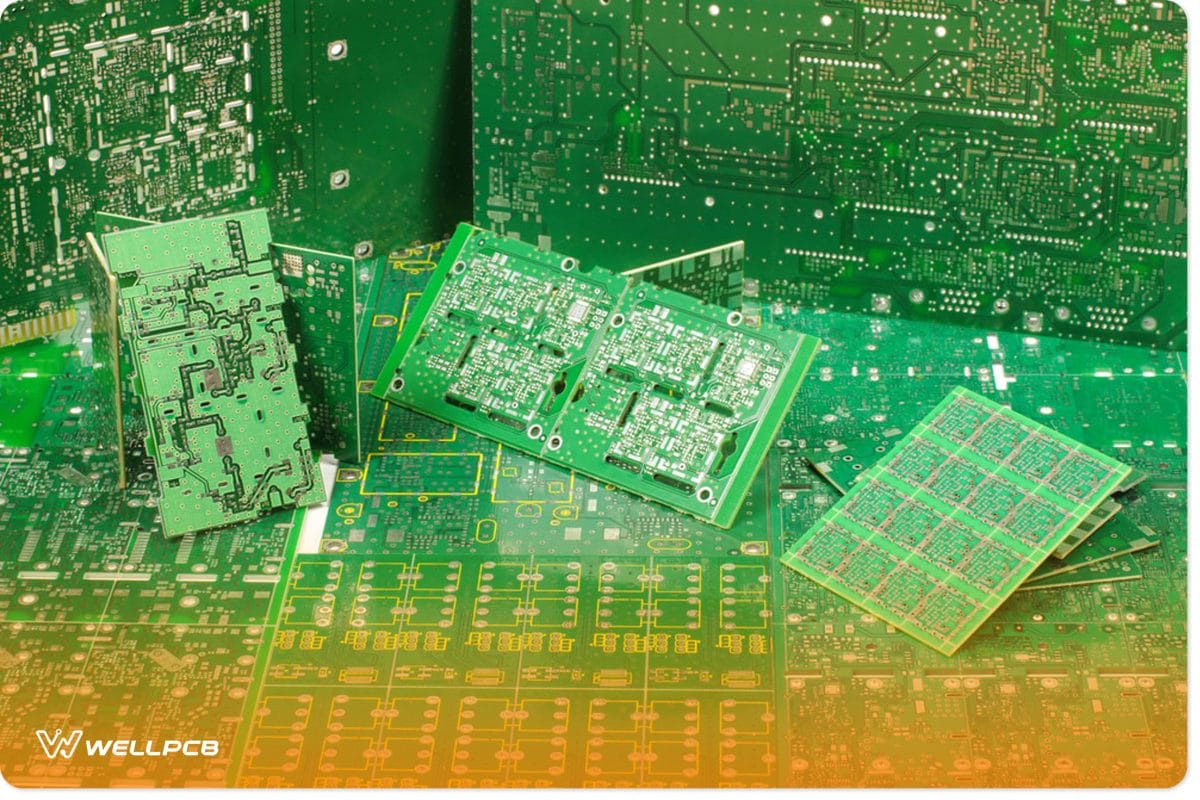
Different PCB
Your circuit’s characteristics are one crucial factor determining the type of material your PCB needs. You can use FR1, FR2, and FR3 to design introductory courses, while FR4 can handle the more complex designs.
PCB Cost
Price is another factor you should consider before choosing an FR material. If you have a tight budget, then FR1 or FR2 is the better choice.
But, if you want a cost-effective option that covers more than material costs, the FR4 is your go-to. Plus, the FR4 is more common among manufacturers, so the production costs may not be so expensive.
A Good Manufacturer
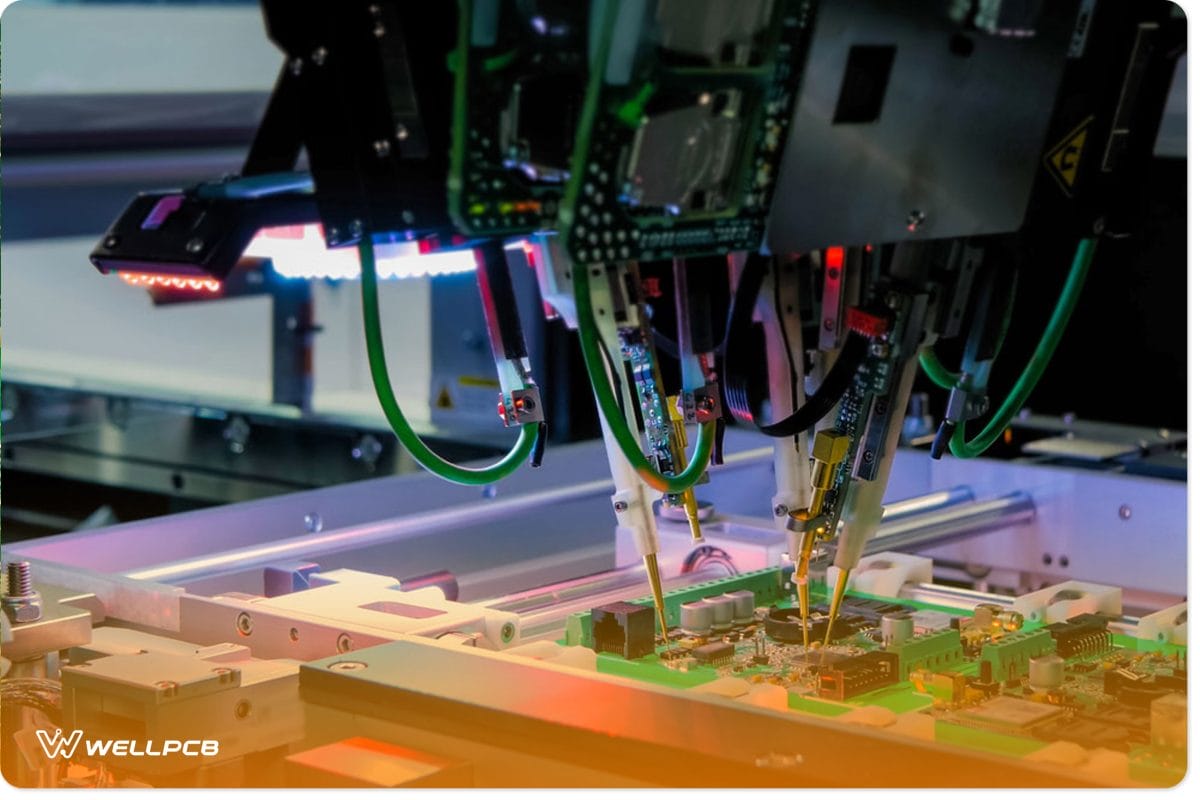
Considering the manufacturer of your designs is another crucial factor you must consider. Otherwise, you’ll encounter several problems in the long run.
Before choosing a manufacturer, check their quality and verify their credentials. Then, you can visit the factory to examine how they create their boards. However, not all manufacturers permit it.
Rounding Up
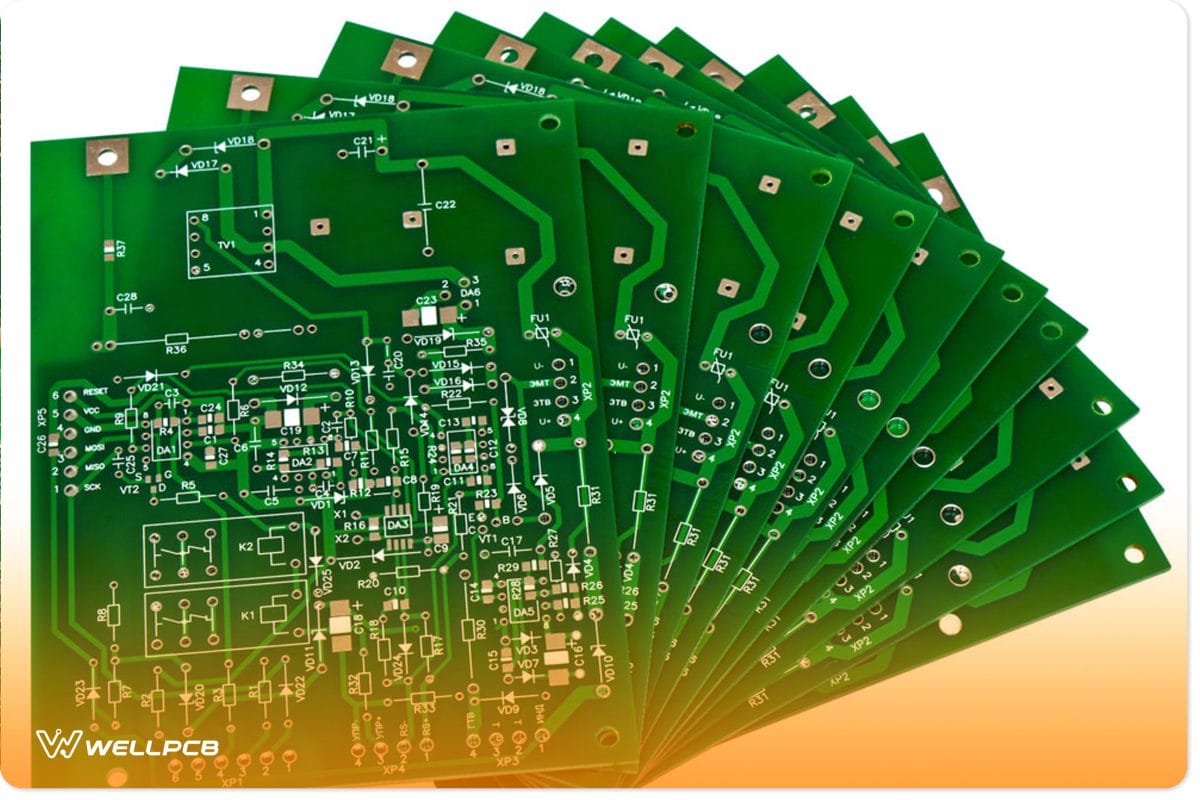
PCB with Different FR Materials
Choosing the best fire-resistant material for your board depends on your application. Undoubtedly, FR4 is the best material that can handle almost anything you through at it. But, some applications would require the more basic FR1, FR2, or FR3.
Also, avoid using FR1, FR2, and FR3 for multilayered circuits. They won’t produce reliable and stable results. However, they work great for introductory single-layered courses.
FR4 is your go-to for more advanced circuits that require high-temperature or voltage components.
Do you want to build an FR material PCB? Try WellPCB, and we’ll be sure to offer the best manufacturing services.
